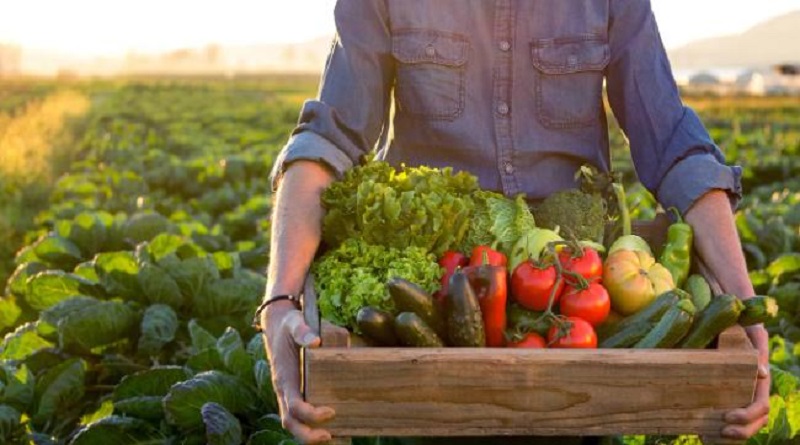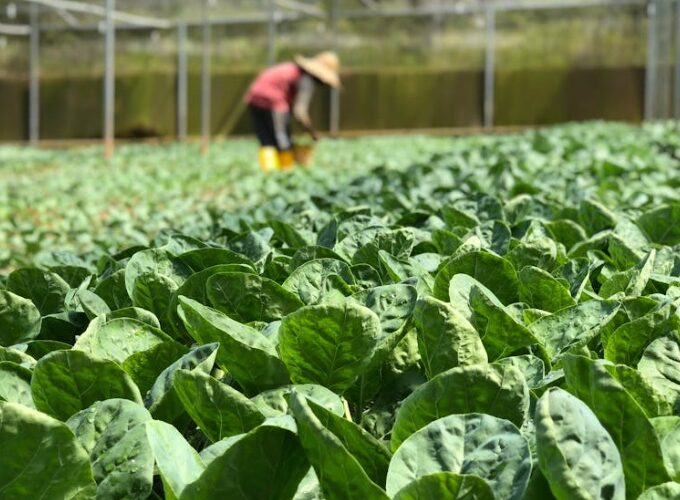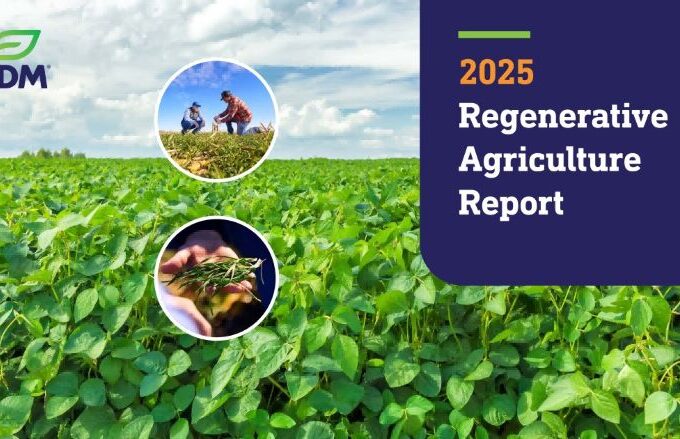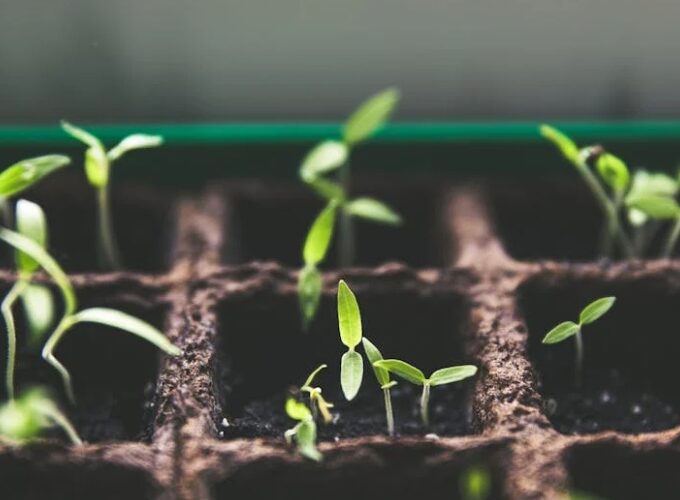Agricultural biotechnology refers to the genetic modification of living plants, animals, microorganisms, and other organisms used for agricultural purposes (e.g. food, feed, fiber) by a range of tools including genetic engineering and some traditional breeding techniques. It usually refers to recombinant DNA technologies that introduce desired traits into target organisms, primarily pest and herbicide resistance in crops. It also includes a range of new genome editing technologies (e.g. CRISPR/Cas9) that allow the manipulation of genetic material at precise locations in the genome. Globally, a number of companies are working on innovations around the theme of biotechnology in agriculture. According to a study by Allied Market Research, the global agricultural biotechnology market is estimated to be $93.1 billion in 2021 and is expected to reach $214.6 billion by 2031, growing at a CAGR of 8.8% from 2022 to 2031. The Asia-Pacific region will provide more business opportunities for the global agricultural biotechnology market in the future.
The Four Major Multinational Enterprises of Emerging Technologies
Biotechnology is used in the agricultural production materials industry in four main areas: seed industry, genetically modified crops, biopesticides, and biofertilizers. The market is dominated by agricultural multinationals such as Syngenta, BASF, Corteva, and Bayer. Agricultural biotechnology is an area of intensive research and requires highly skilled human resources to achieve significant results. Many developing economies lack skilled human resources, and when they are available, they are either in short supply or are not given adequate opportunities. Inadequate allocation of R&D budgets, lack of research infrastructure, and insufficient human resources and expertise in enterprise-developing economies are expected to limit the growth of enterprises. Traditional multinationals do not have a clear first-mover advantage over emerging firms in this regard, but by actively casting their moats high through acquisitions, investments, and other financial means, they are a step ahead of the curve in biotechnology.
Create the Future Together
In recent years, leading global agricultural biotechnology companies have established extensive cooperation with innovative SMEs, which is of strategic importance to both parties. On the one hand, SMEs hold the advantage of biotechnology innovation, while on the other hand, TNCs have strong capital strength and globalized sales networks. Through strategic cooperation, SMEs’ innovative technologies can quickly enter the global market, while TNCs can leverage their innovative technologies to achieve revenue growth.
The use of biotechnological aids in agricultural production is also a new challenge for multinational agricultural giants, in an area where multinational firms have the capital advantage but not the first-mover advantage or technological leadership. These SMEs are also an important source of biotechnology innovation, and the products generated through the biotechnology at their disposal are being fast-tracked to the market through the global distribution networks of the multinationals and are helping the multinational agricultural giants to realize their revenue growth plans. These SMEs include Harpe Bioherbicide Solutions, Inc., Tropic, Pairwise, GreenVenus, GDM, Benson Hill, BetterSeeds, and others.
Biological Breeding is the Hottest Direction
With the rapid development of biotechnology, the application of genetic engineering in the field of agricultural breeding has attracted much attention. Since the commercial cultivation of transgenic crops using genetic engineering in the 1990s, they have made an important contribution to increasing production and ensuring food security. At the same time, the rise of new-generation gene editing technology has provided the possibility of realizing more precise genetic engineering. Breeding based on genetic engineering will continue to be the hottest area of research and development now and for some time to come.
According to a recent publication by Meticulous Research, the plant breeding market is expected to reach $33.79 billion by 2029, growing at a CAGR of 14.1% from 2022 to 2029. Growing awareness about the importance of sustainable crop production, decreasing the cost of genomic solutions, and increasing focus on sustainable crop production technological advancements in the field of plant breeding are some of the factors driving the growth of the global plant breeding market. Moreover, increasing investments by seed companies and a rise in supportive regulations for molecular breeding are expected to provide significant growth opportunities for the stakeholders in this market.
Major agricultural biotechnology companies are actively involved in the field of genetically engineered breeding: KWS SAAT is a German biotechnology company specializing in plant breeding and seed production. KWS SAAT develops new plant varieties for a range of KWS SAAT develops new plant varieties for a range of crops, including maize, sugar beet, and cereals. The company’s focus is on developing varieties that are more resilient to climate change and suitable for specific growing conditions, KWS SAAT produces and distributes high-quality seeds for a wide range of crops. The company’s focus is on KWS SAAT focuses on developing new plant varieties and producing high-quality seeds that help farmers improve their crops. KWS SAAT focuses on the development of new plant varieties and the production of high-quality seeds that help farmers increase crop yields, reduce inputs, and create more sustainable food systems.

Microbiology Will Lead the Way
As an environmentally friendly and efficient agricultural input technology, microbial technology was once popular in the first half of the 20th century, but it was gradually replaced by chemical agricultural materials. Now, in the context of sustainable development, microbial technology is undergoing a rebirth and is expected to lead a new round of transformation in the agricultural industry.
The global agricultural microbiology market size was USD 5.27 billion in 2021. The market is expected to grow from USD 6 billion in 2022 to USD 15.71 billion by 2029, at a CAGR of 14.74% during the forecast period. North America accounted for the largest agricultural microbiology market share, reaching USD 2.09 billion by 2021. South America is expected to be the fastest-growing region as farmers start replacing chemical fertilizers with microbes, which is expected to boost sales in the region. Asia Pacific is yet to offer untapped opportunities in the booming region.
Microbiology uses various types of naturally occurring microorganisms to develop agro-based products that can be used for soil remediation, promotion of nutrient uptake, high disease resistance, and many other areas. Microbiology is natural in origin, has a lower environmental impact than chemical agro-industries, and promotes the diversity of soil microorganisms.
microbial diversity.
Synthetic Biology
Synthetic biology is an emerging discipline that attempts to create new life forms and biological functions out of nothing by designing and redesigning biological systems. In agriculture, synthetic biology also offers revolutionary applications. The goal of synthetic biology is to build new biological components, pathways, networks, and systems. It integrates multi-disciplinary cutting-edge theories and technologies, mainly including gene synthesis, gene editing, bioinformatics, systems biology, automated high-throughput experimental platforms, etc. Synthetic biology can design non-natural genetic elements, genome synthesis, metabolic pathway reconstruction, etc., to realize the targeted creation of biological functional modules.












Leave a comment